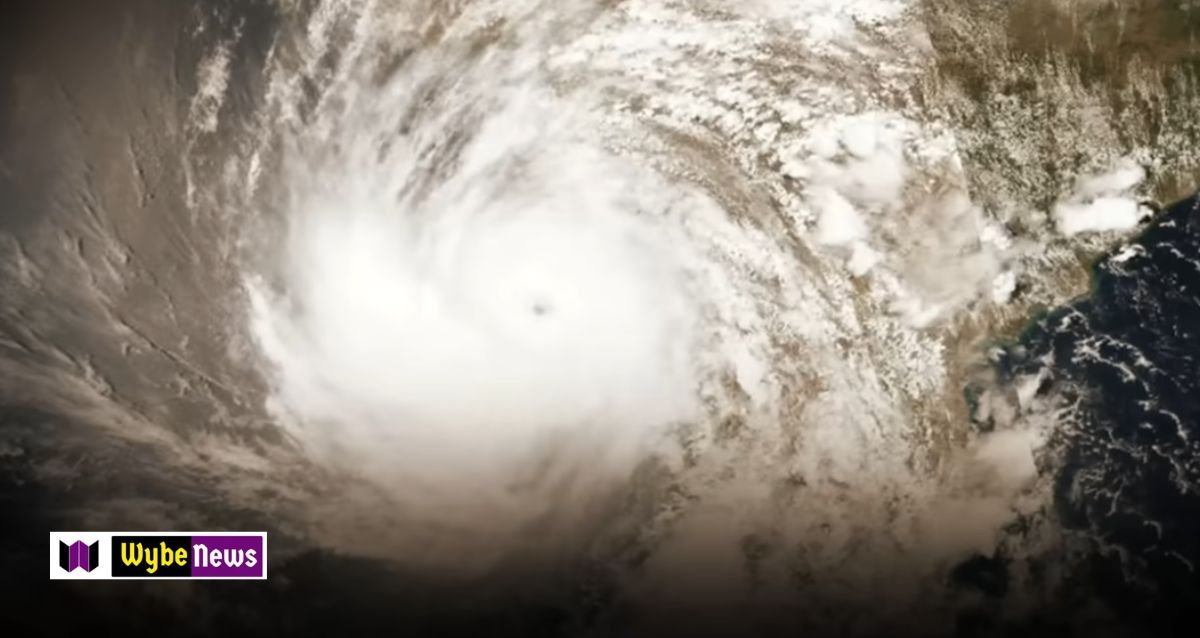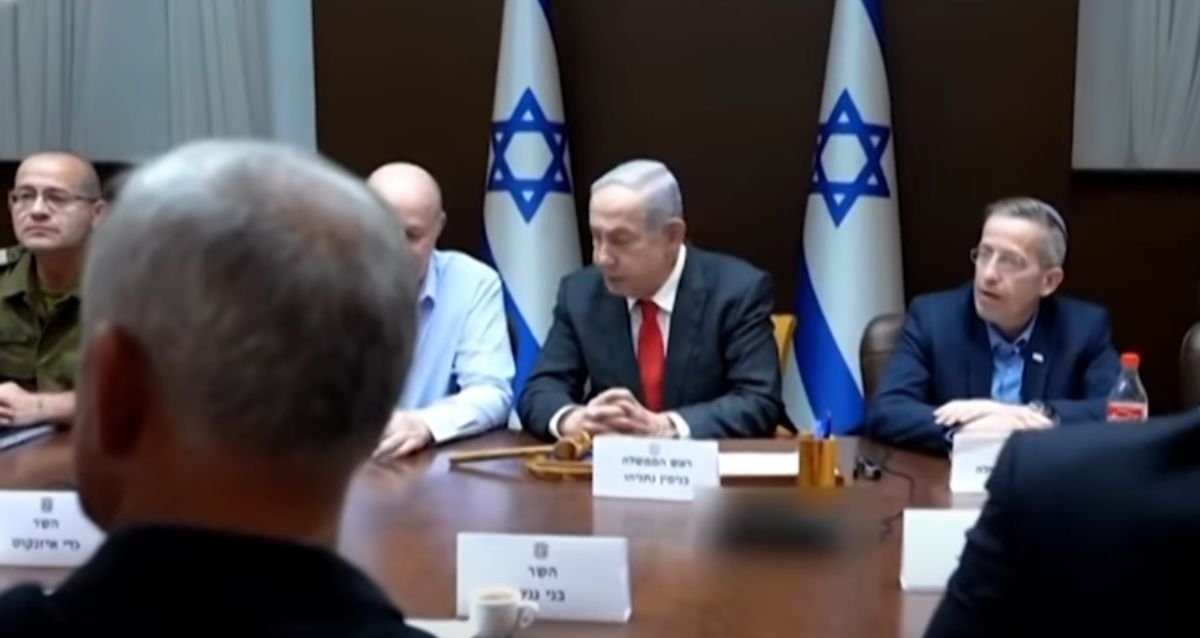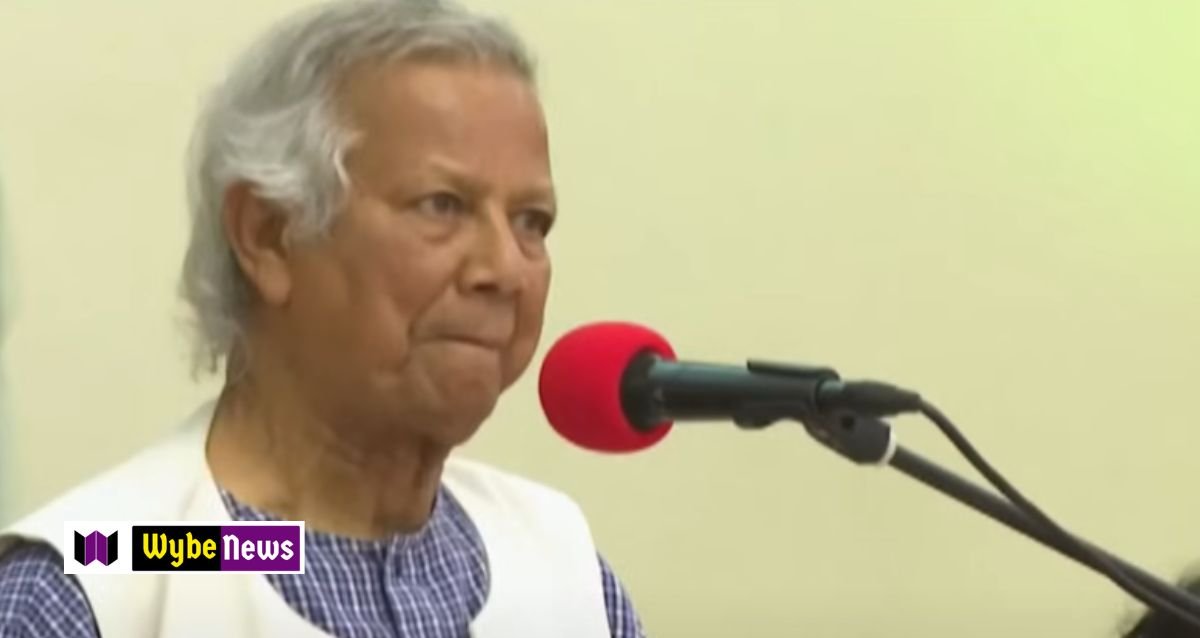Israeli Golani Brigade Withdraws from Gaza – Strategic Reassessment or Tactical Retreat?

In the wake of the recent conflict in Gaza, questions arise regarding the Israeli military’s withdrawal of the Golani Brigade from the region. Analysts debate whether the army underestimated the challenges or if political demands exceeded the military’s capabilities.
Political Goals vs. Military Execution
Prime Minister Netanyahu set ambitious strategic goals at the outset of the conflict, aiming to obliterate all of Hamas’ infrastructure and reshape the post-Hamas environment in Gaza. Translating these political objectives into on-the-ground execution, however, proved challenging for the Israeli Defense Forces (IDF). As time progressed, the IDF faced the need to adapt its course of action to the complex realities on the ground.
Golani Brigade’s Role in the Conflict
The Golani Brigade, renowned for its elite status and historical participation in Israeli wars since 1948, played a crucial role in the recent fighting. Comprising around 1,000 soldiers organized into five to six battalions, the brigade witnessed substantial losses, including the death of the 13th Battalion’s commander. Amid conflicting reports, it is unclear whether the entire brigade was withdrawn or just a specific battalion.
Tactical Considerations and Image Management
The withdrawal of the 13th Battalion prompts speculation about tactical considerations. Assessments suggest that the battalion may have faced significant challenges, potentially rendering it incapable of continuing operations. This necessitates a withdrawal for reassessment and potential restructuring. Additionally, the Golani Brigade’s symbolic significance, particularly its association with memories of the 2014 conflict in Shuja’iyya, may have factored into the decision, aiming to present an image of victory.
Unveiling Atrocities: Eyewitness Testimonies
As the military situation evolves, eyewitness testimonies shed light on the alleged atrocities committed by Israeli forces. Reports describe indiscriminate shelling, destruction of civilian infrastructure, and accusations of burying survivors alive. These testimonies underscore the urgent need for accountability and international scrutiny of potential war crimes.
Unanswered Questions: Tunnel Networks and Strategic Failures
Israeli claims of uncovering extensive underground networks, including long tunnels built by Hamas, raise questions about the veracity of these assertions. Skepticism arises as Israel showcases above-ground explosions without providing conclusive footage of tunnel destruction. The failure to accurately gauge the extent of Hamas’ tunnel infrastructure poses a strategic intelligence challenge for Israel.
Learning Curve Amidst Conflict
Israeli military metrics for success, akin to historical models employed in conflicts such as Vietnam, include factors like territorial control, enemy casualties, and infrastructure destruction. The ongoing conflict serves as an on-the-job training ground for the IDF, forcing them to adapt and reassess strategies in the dynamically changing landscape of Gaza.
A Shifting Battlefield
The withdrawal of the Golani Brigade raises critical questions about the alignment of political goals and military capabilities. As the conflict unfolds, Israel grapples with strategic failures and the need for flexible responses on the ground. The situation in Gaza remains fluid, demanding constant adaptation from the IDF, while the international community calls for a thorough investigation into reported atrocities.






